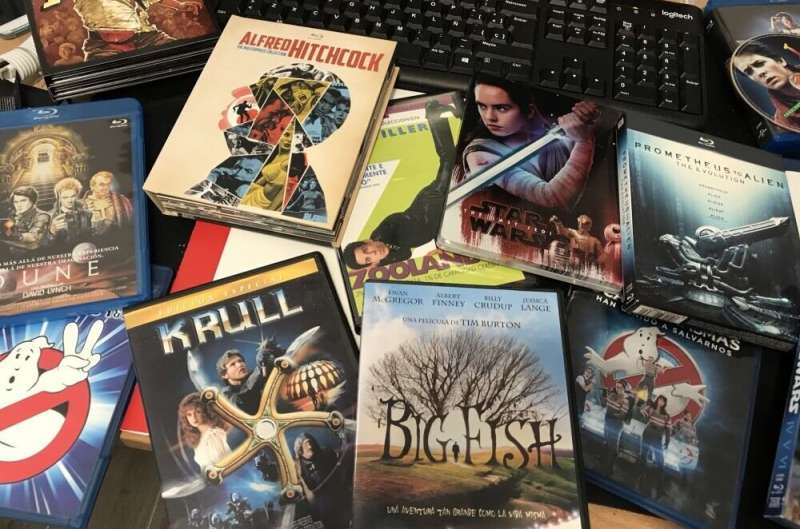Exploring how storytelling tropes cluster in popular films

An analysis of film tropes—common storytelling elements seen in different movies—explores combinations of tropes that tend to co-occur in films, identifying patterns that could help inform development of new movies. Pablo García-Sánchez and Juan Merelo of the University of Granada, and Antonio Velez-Estevez and Manuel Cobo from the University of Cádiz, Spain present these findings in the open-access journal PLOS ONE on March 31, 2021.
Many films incorporate tropes that have previously been successful, such as the Hero's Journey or Chekhov's Gun. Analyzing tropes in films and other cultural media can provide insights into the works themselves or how people consume them.
To deepen understanding of tropes in films, García-Sánchez and colleagues identified and analyzed tropes that tend to cluster in the same films. To do so, they developed a methodology based on two analytical techniques, scientometrics and complex network analysis, and applied it to data on 25,766 tropes found in varying combinations in 10,766 movies, and the movies' ratings, genre, and popularity. The data came from the popular websites TVTropes.org and IMDb.org.
The analysis revealed the existence of 42 trope clusters, with some clusters appearing in thousands of films and some appearing in just one. Some clusters were associated with specific genres, and some with movies that had higher mean ratings and popularities than seen for other clusters. For instance, a cluster centered around the trope Dramatic Unmask also included the tropes Bad Liar and Face Framed in Shadow. This cluster was associated with movies that had a mean rating of around 6.51 and included Crazy Rich Asians and Saw IV.
The analysis also identified different levels of development between clusters. For instance, some trope combinations have appeared in many different films for a long time (including the Dramatic Unmask cluster). Other trope clusters may be declining in use and some just emerging, although further analysis is needed to understand these clusters.
The authors note that the data they used have a popularity bias toward more recent films. Nonetheless, their findings and the methodology developed to generate them could aid future research and help inform the creation of new films.
The authors add: "As they usually say, "every situation has already appeared in The Simpsons". These repetitive situations or patterns in the media are called "tropes". In this paper we propose the concept of "troposphere", the network that models the relationships between the tropes and the works (films in this paper) in which they appear. The troposphere can give us a quantitative approach to the analysis of narrations. This can be easily turned into a methodology for story generation, as well as a critical analysis of narratives in the past."
More information: García-Sánchez P, Velez-Estevez A, Julián Merelo J, Cobo MJ (2021) The Simpsons did it: Exploring the film trope space and its large scale structure. PLoS ONE 16(3): e0248881. doi.org/10.1371/journal.pone.0248881
Journal information: PLoS ONE
Provided by Public Library of Science




















